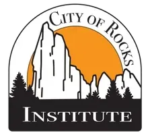Biology
Located in the northern Basin and Range province, the Reserve serves as a meeting point for various ecosystems, including pinyon-juniper woodlands, aspen-riparian communities, sagebrush steppe, mountain mahogany woodlands, and high-elevation meadows.
Pinyon Jay
One of the Reserve’s most mysterious birds is oddly also one of the noisier. Pinyon Jays live in colonies, of which three occur in the City of Rocks checklist area. Each of these colonies consists of approximately 30-75 birds. Little is known about their nesting preferences, but juniper seems to be a common sanctuary. Pinyon Pine also plays a role by providing pine nuts – a source of food nearby. At least three research studies are currently underway in southern Idaho to predict trends and to protect critical habitat.


Juniper Titmouse
Juniper Titmouse is most often found in juniper, but pinyon pine is just as important. the pinyon-juniper woodlands of the basin and range are home to a great many species of songbirds. Unfortunately, so much of the region is bereft of these medium size trees in favor of more grasslands. like other titmice species, the tuft or crest of this arid titmouse makes it easy to identify.
Virginia’s Warbler
This species is at the northern reach of its breeding range, which mirrors somewhat the range of the pinyon pine. The Reserve provides the perfect mix of habitat and food in the abundance of pinyon, juniper, and mountain mahogany. This warbler nests near the ground in thick brush but prefers treetops for singing to potential mates.
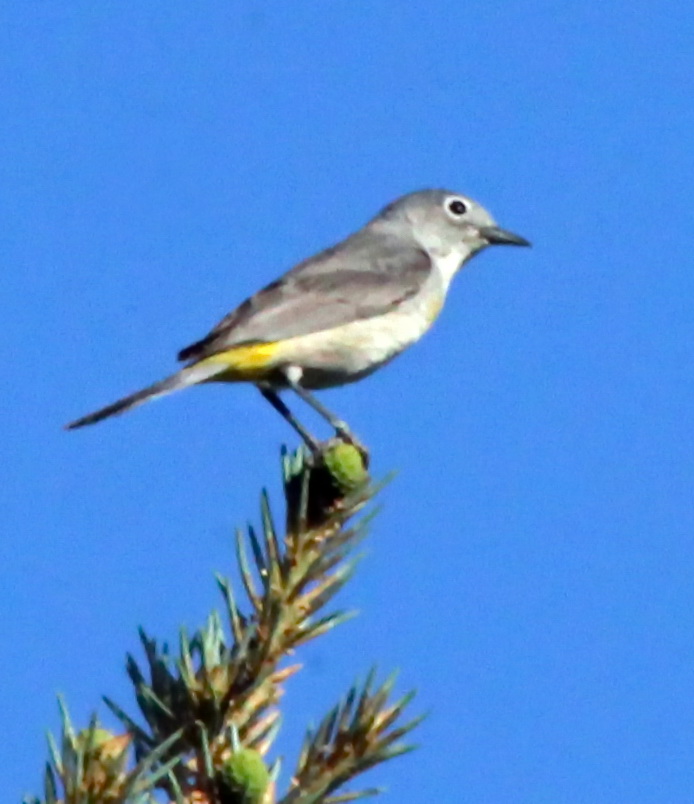
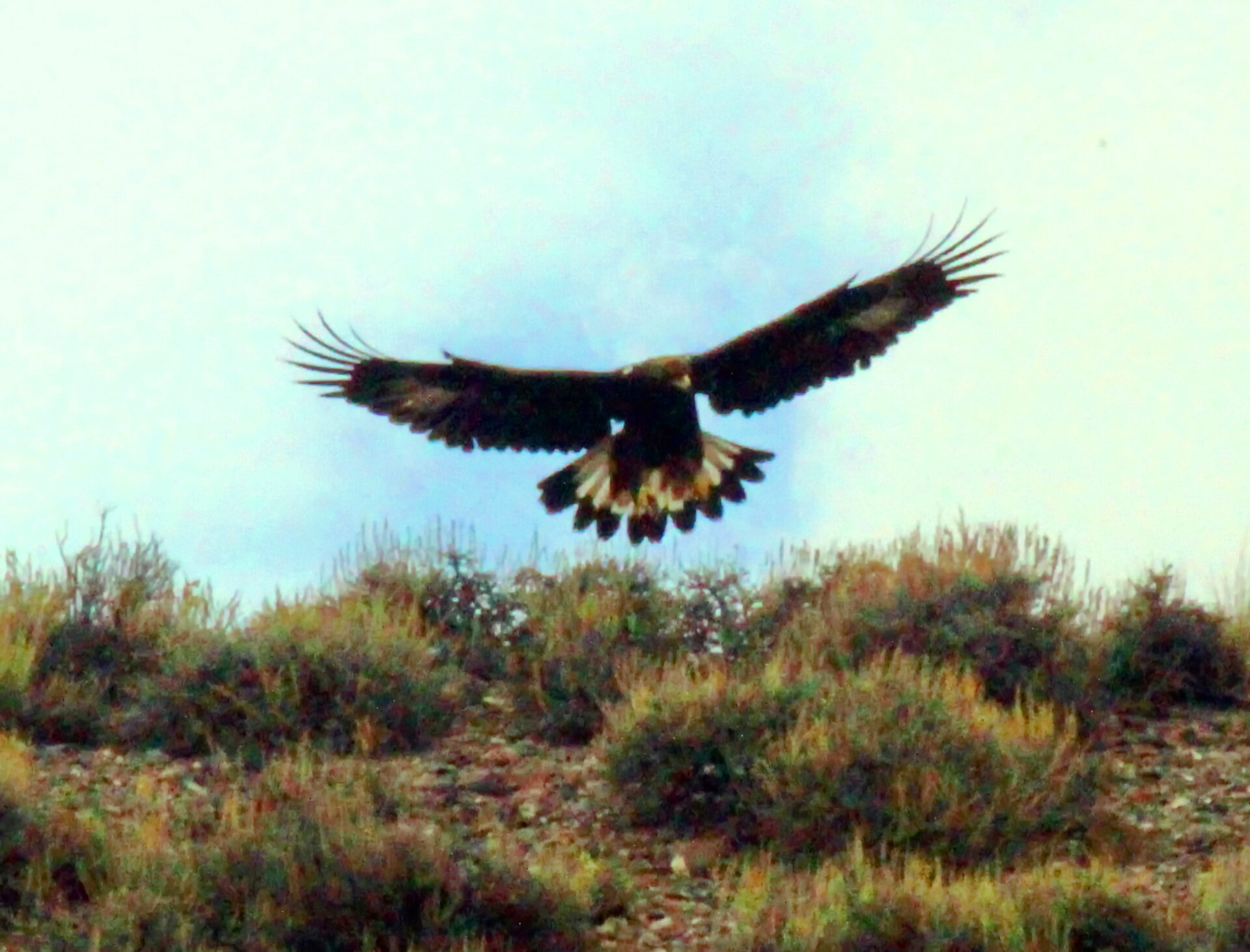
Golden Eagle
The presence and consistent nesting year after year of golden eagles is cause for celebration. At least four pairs of golden eagles can be located in the City of Rocks checklist area. They are seen year-round, perching on electric poles, whereas bald eagles are generally observed only in winter through early spring.
Pinyon Pine
Pinus monophylla
The Idaho state champion is located within City of Rocks. Pine nuts are an important part of the diet and heritage of the Shoshonean people. City of Rocks is the northern extent of the Pinyon Pine range. Pinyon pines are dying at an alarming rate due to Black Stain Root Disease, a native fungus that seems to be particularly successful over the past decade.
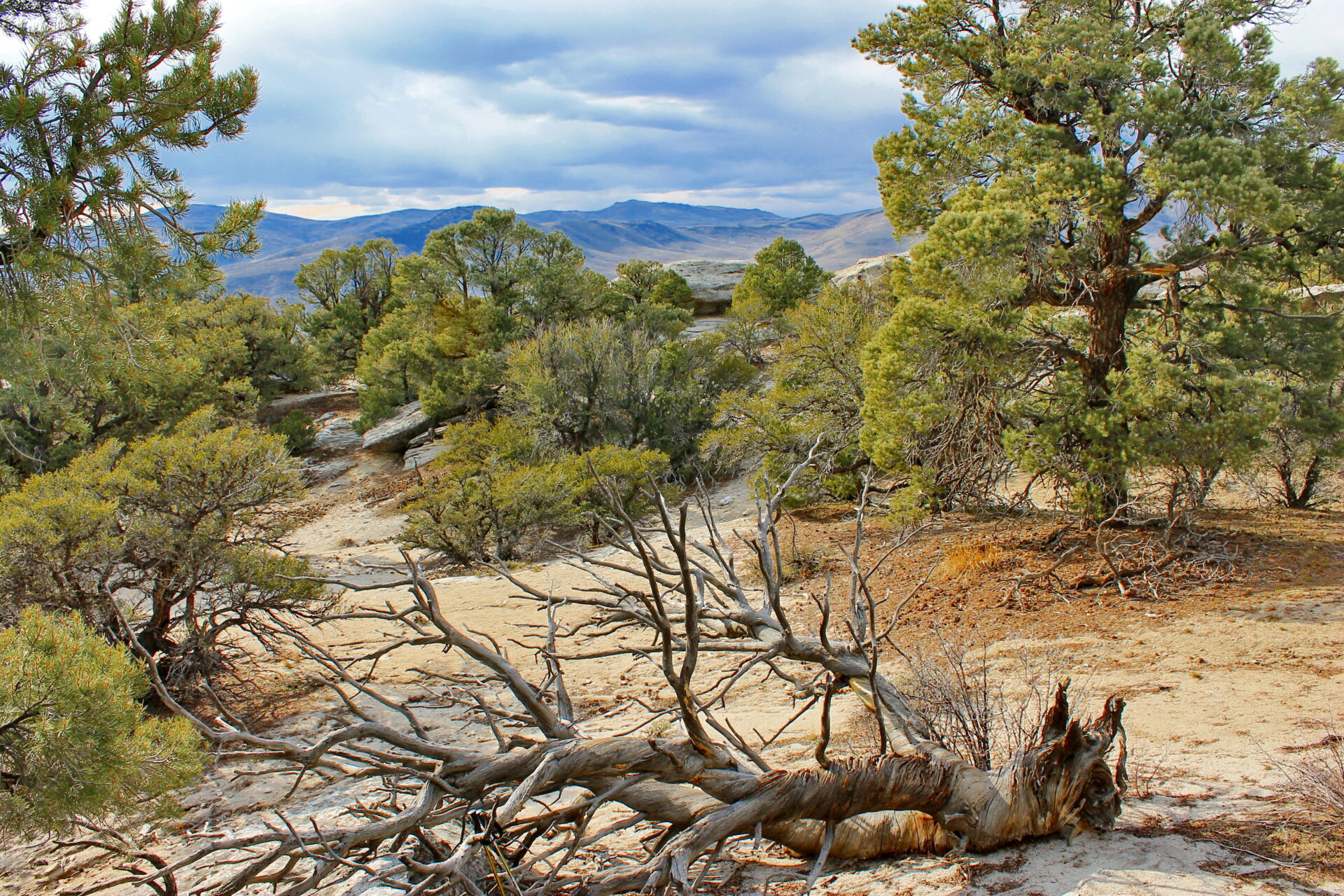

Simpson’s Hedgehog Cactus
Pediocactus simpsonii
The Reserve’s other cactus is found on windswept ridges in rocky terrain generally from 5,700 to 9,000 feet in elevation. Yellow flowers bloom from early May to mid-June. The appearance is one of a prickly softball 1/3rd buried and 2/3rd exposed. Once thought to be rare in the Reserve, this species is surprisingly quite common, and indicates relatively undisturbed soils.
Basin Big Sage
Artemisia tridentata
Arguably the most important plant of the Basin and Range is sagebrush. It sustains the life of Sage Grouse, Sage Thrasher, and Sage Sparrow. Dozens more find food, shelter, and protection from predators. Unfortunately, thousands of acres are lost to wildfires each year and are replaced with cheatgrass, an exotic species of little value in sagebrush country.
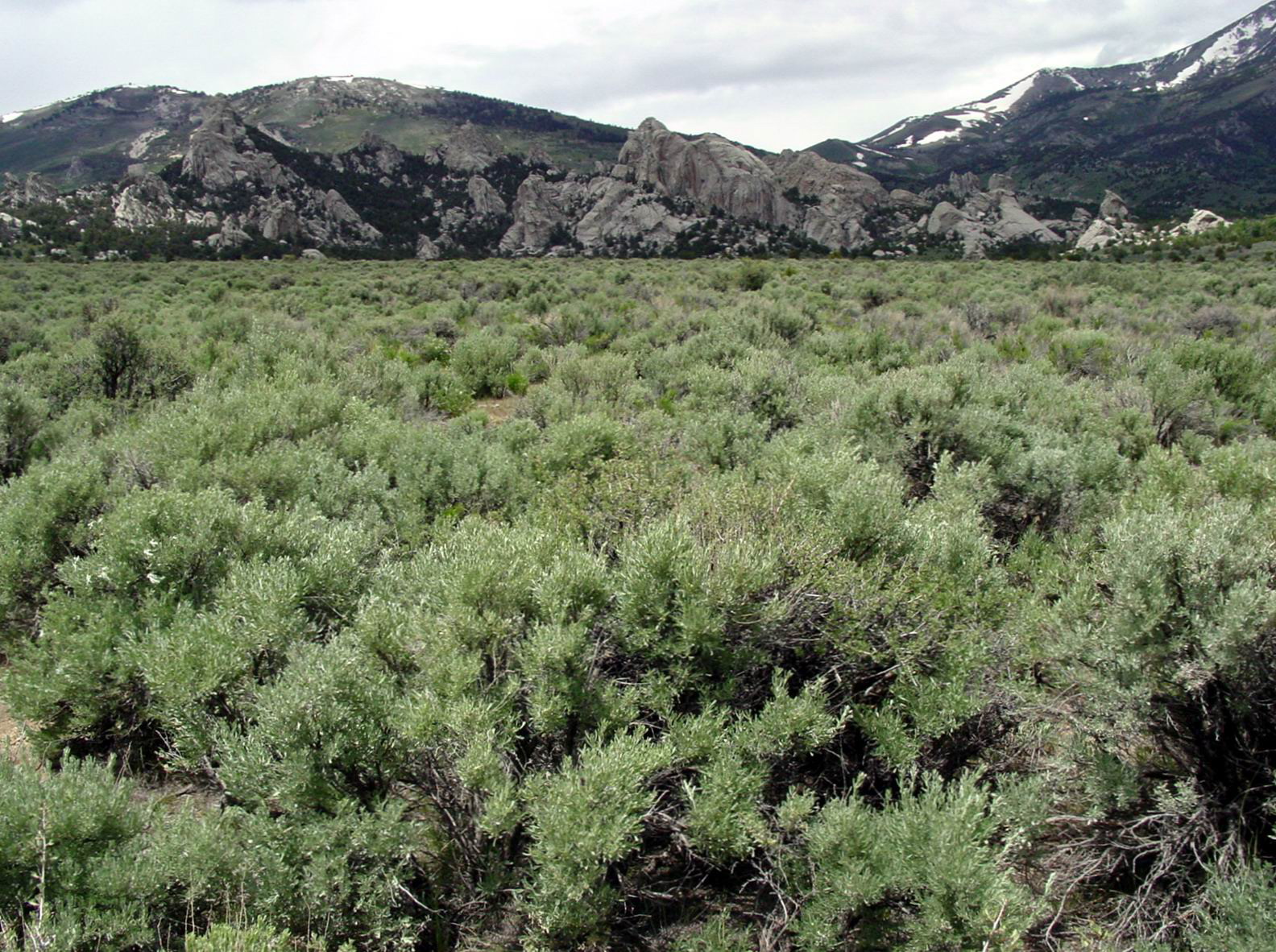

Steershead
Dicentra uniflora
Of the hundreds of plant species observed within City of Rocks, none are more odd or interesting than the secretive Steershead. Just after snowmelt, blue-green leaves appear less than an inch above the soil. A few days later, a pinkish-white single bloom resembling the horns and skull appears. Steershead grows in rich soils, especially near and at the base of popular rock climbing sites.
